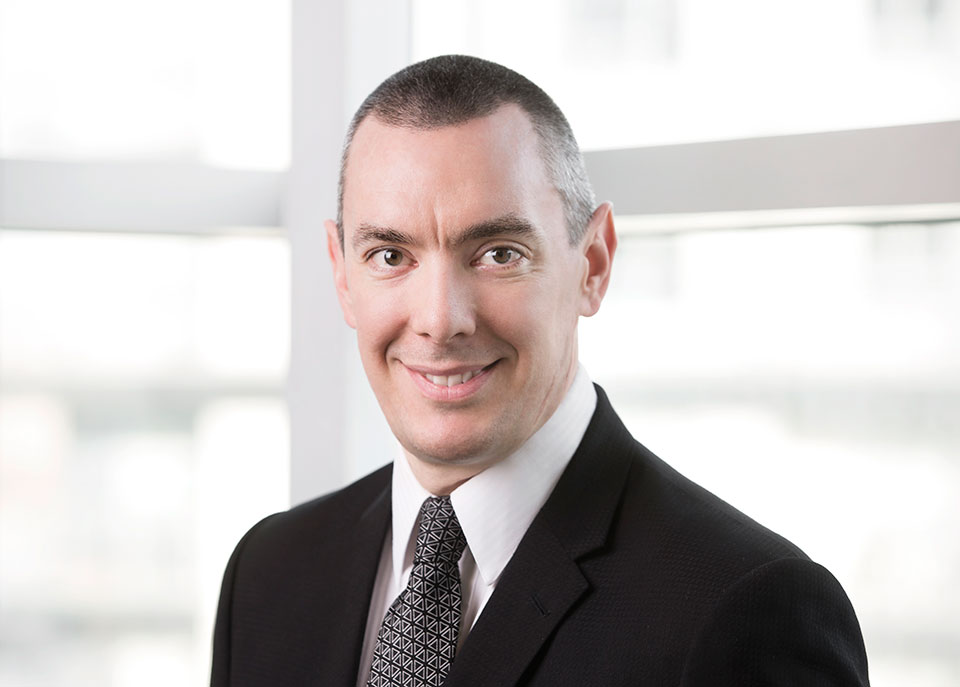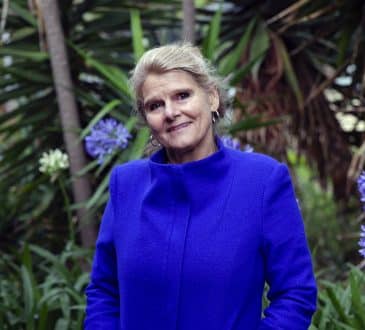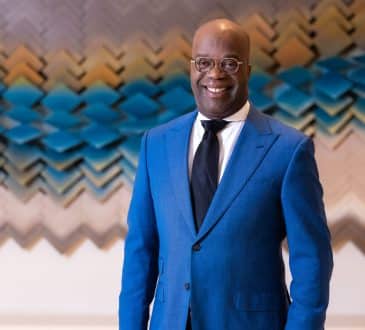How To Overcome Our Obsession With Certainty

Humans are certain obsessed. It’s why we tend to overcorrect in a crisis because the certainty provided by watching from the sidelines is more comfortable than being even one inch in on the pitch where risk exists.
Given all of the change we’ve experienced, and continue to experience, an obsession with certainty will do us more harm than good. As Tara Swart, Kitty Chisholm and Paul Brown write in Neuroscience for Leadership, “agility of thinking, adaptability and tolerance for ambiguity will be more highly valued than strong technical skills alone.”
Someone with significant experience making choices during uncertainty, Colin Powell, believes that we can make a good decision with 40-70% of total information about a situation (The 40-70 Colin Powell Rule, Matthews Mtumbuka, The Nation, February 12, 2015).
For some leaders, those in the “ready-fire-aim,” camp might feel like 40% is a stretch. For many leaders, especially those who come from the technical or operational side of the business, 70% might as well be zero because of the ambiguity inherent in the “missing” 30%.
Another part of our obsession with certainty is uncertainty means ambiguity, which humans can tolerate for a little while. Sustained ambiguity becomes anxiety, which causes all sorts of chemicals to be released into our blood as we prepare for fight, freeze or flight. Anxiety quickly turns to fear, which humans don’t like. People who like horror movies watch for the surprise, not to be afraid. Fear is a low-level stressor which, long term, creates all sorts of damage mentally, emotionally and physically. Unfortunately, if we are obsessed with certainty fear becomes our “normal” state, which roots us to our current status.
To overcome our obsession with certainty, which causes us to root in fear, we coach the leaders we work with to use a combination of the following.
- Commit to one small proactive activity daily – We’re socialized to believe that massive action is necessary. Sometimes that’s true, but, as Jeff Bezos said, “all overnight success takes about 10 years.” Doing one small proactive activity – whether that’s one jumping jack, calling one friend or writing down one idea to grow our business – creates forward momentum towards an uncertain future, but it takes us away from the certain fear in which we wallow currently.
- Write down the worst-case outcome – David Sandler believed when faced with a difficult choice write down the worst-case outcome that could arise from making that choice. If we could live with the worst-case outcome, then we make the choice. If we can’t, then we figure out an alternative worst-case that we could live with then take action based on that potential worst-case outcome. Writing it down is crucial because our brain is wired to keep us safe, so doing this exercise in our head results in an ever-expanding spiral of worst-case outcomes invented by our brain to prevent us from moving towards uncertainty, which isn’t “safe.”
- Create a choice trap – To leverage Colin Powell’s 40-70 rule, write down all of the information we require to make a clear choice then rank those bits of information from “non-negotiable” to “nice to have” (the whole list *can’t* be the former). Once ranked, we create the trap by committing to make a choice once we gather between 40 and 70% of the information on our list. Sharing this information with a trusted adviser and getting them to hold us accountable traps us into following through on our commitment.
- Practise making quick choices – We’re less obsessed with certainty when our choice-making muscle is strong. Practising making quick choices strengthens that muscle. Like choosing what to order from a restaurant before arriving or picking a different beverage at happy hour. Those examples may seem silly, but they are the type of small choices that our brain will likely let us get away with until our muscle is strong enough to make larger choices quickly.
- Adopt a “no bad choices” mindset – The choices we make tend to be judged “bad” or “good” after the result of the choice is known. To overcome our obsession with certainty we adopt a mindset that we don’t make bad choices. By adopting this mindset we also we forgive ourselves in advance for making a choice with available information in the moment and give ourselves permission to adjust that choice when new information becomes available.
Our obsession with certainty is comforting, but ultimately does us a disservice. Waiting for “enough” information to arrive provides certainty and a view of the backs of our competitors who chose action. History tells us that those left behind typically don’t catch up.
Until next time… go lead.
Have you read?
World’s Best Countries For Health Care Systems.
World’s Happiest Countries.
Countries With The Highest Life Expectancy.








